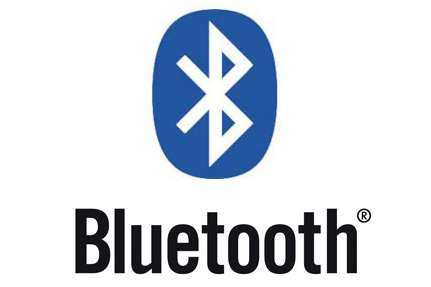Bluetooth 4.0 spec officially finalised
The latest version of the short-range wireless standard could find its way into whole new markets thanks to an all-new low-energy protocol.

The core specification of Bluetooth v4.0 has been finalised by the Bluetooth Special Interest Group (SIG), paving the way for the low-energy wireless standard to start finding its way into products by the end of the year.
The key appeal of the next-generation Bluetooth standard lies in its introduction of a new low-energy transfer protocol for small bursts of data transferred over short distances. This has the promise of opening up new markets for the technology in devices that until now didn't generate enough power to support Bluetooth.
The latest specification is actually a combination of three Bluetooth protocols in one. At present, Bluetooth is mainly used in applications involving mobile phones, such as hands-free headsets and speakers, as well as wireless computing peripherals such as keyboards and mice.
This 'Classic' Bluetooth is the first protocol, then there's the low-energy Bluetooth, suitable for devices operated by coin-cell batteries, and third is a high-speed protocol for rapid data transfer currently seen in the latest version of Bluetooth, 3.0+HS.
The three protocols can be implemented individually or in combination, depending on the needs and power specification of the electronics in question.
The low-energy specification is ideal for devices such as pedometers, which typically require very small packets of data to travel only short distances. The Bluetooth SIG says such products could potentially run for months on a single charge, while devices such as glucose monitors or watches could incorporate Bluetooth without taking a hit to battery life.
"Bluetooth v4.0 throws open the doors to a host of new markets for Bluetooth manufacturers and products such as watches, remote controls, and a variety of medical and in-home sensors," said Bluetooth SIG executive director Michael Foley in a statement.
Sign up today and you will receive a free copy of our Future Focus 2025 report - the leading guidance on AI, cybersecurity and other IT challenges as per 700+ senior executives
"Many of these products run on button-cell batteries that must last for years versus hours and will also benefit from the longer range enabled by this new version of the Bluetooth specification."
Bluetooth devices have been traditionally limited to a range of around 30 feet, but the new standard extends this range to potentially 200 feet or more.
According to the Bluetooth SIG, the integration of the existing Bluetooth protocol with the low-energy specification is expected to be complete by the end of June, while devices built to the v4.0 standard are expected to appear by the end of the year or early next year.
-
 Hacker offering US engineering firm data online after alleged breach
Hacker offering US engineering firm data online after alleged breachNews Data relating to Tampa Electric Company, Duke Energy Florida, and American Electric Power was allegedly stolen
-
 Threat intel could be your secret weapon in cybersecurity sales
Threat intel could be your secret weapon in cybersecurity salesIndustry Insights Threat intelligence transforms cybersecurity sales from reactive product pitching to strategic advisory.